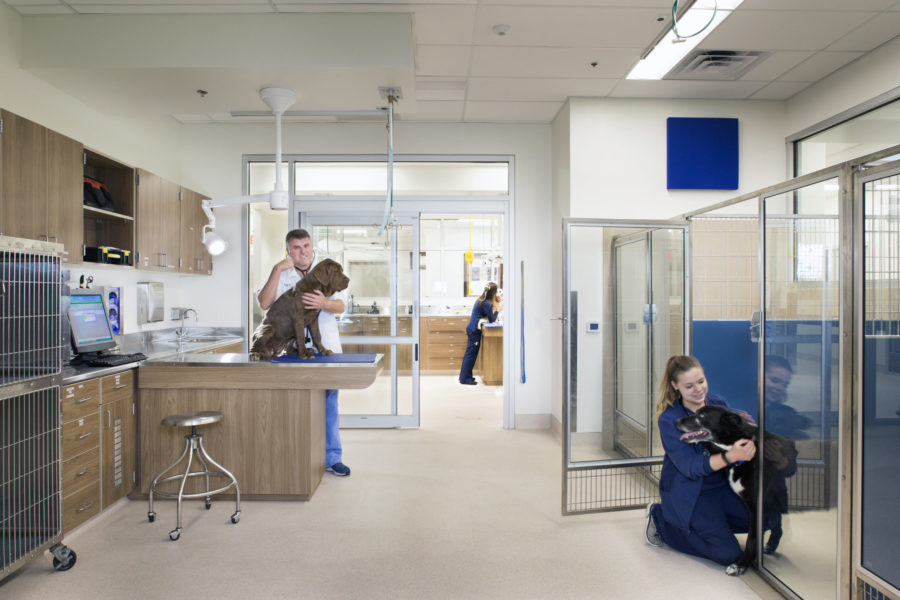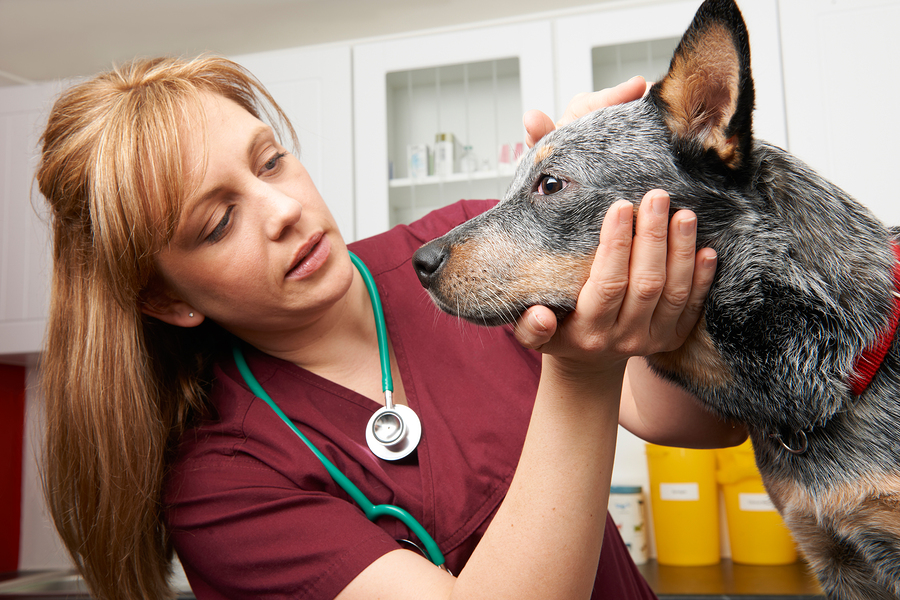
A recent study in Frontiers in Veterinary Science puts aside for-the-moment issues of welfare and focuses on the question: Is there really a difference in effectiveness between positive reinforcement training and training that incorporates an electronic collar? Using concrete measurements of training success, the authors find no significant difference in number of cues disobeyed. In fact, positive reinforcement was more successful by some measures: Dogs trained with positive reinforcement responded to the trained cues faster and with fewer repetitions.
Sixty-three dogs with reported behavior problems, including poor recall, were assigned to one of three groups. The first group received training that included use of an electronic collar, conducted by professional trainers who normally use this as part of their program. There were two control groups. Control group 1 was trained by the same trainers as the first group but without the use of the electronic collar. Control group 2 was trained by professional trainers whose methods focused on positive reinforcement.
Data was collected for the cues “Sit” and “Come” at three points in the five-day training period. The measures of training efficacy were how many times the cue was given and how quickly the dogs responded.
There was no difference between the groups in how often cues were obeyed. Dogs in Group 2, trained with positive reinforcement only, were more likely to respond to a cue the first time, and they responded more quickly.
Jonathan J. Cooper of University of Lincoln, one of the coauthors, points out some important factors in the methodology of this study. One is that all of the dogs were reported to have poor recall and other off-leash behavior problems such as bothering livestock, which are the most common reasons for using remote training tools in the United Kingdom, where the study took place. “Consequently, we were working with dogs with similar issues with recall, as opposed to having ‘easier’ dogs in the control treatments and the more challenging dogs in the e-collar group,” he says.
Another is that the trainers in all groups were experienced, rather than comparing the methods as used by dog owners with inconsistent levels of skill. In addition, the analysis looks at objective measures of training outcomes, rather than a more subjective measure such as owner satisfaction.
Erica Feuerbacher, professor of Companion Animal Welfare and Behavior at Virginia Tech, says, “I thought the most important thing about this study was that the dogs trained with the shock were not any more compliant. That is often suggested – that shock collar training will produce more compliance in the dog and that they will respond faster. They didn’t find that.”
In fact, as far as speed, the study found the opposite on at least one measure. Dogs in the electronic-collar group and in control group 1, all trained by trainers who normally use the electronic-collar, actually began to respond more slowly to the Sit cue as training progressed.
Feuerbacher is not surprised by this finding. Both groups were trained with aversives, since although control group 1 was not using the electronic collar, these trainers used a mix of methods including negative reinforcement and positive reinforcement. “That kind of aversive training can produce generalized depressed behavior, so we may be getting a little bit of that there,” she says. She also notes that anecdotally, dogs with a history of being trained with both positive reinforcement and punishment may be more hesitant to respond.
Coauthor Cooper believes the results speak to more than just the effect of the use of electronic collars. “I think the findings of the paper have broader application than just use of remote training aids,” he says. “Specifically there is a growing body of research that suggests that reward-based training is not only generally better for dog welfare and dog:owner interactions, but is also proving more effective than aversion-based training for successful training outcomes.”
This article was reviewed/edited by board-certified veterinary behaviorist Dr. Kenneth Martin and/or veterinary technician specialist in behavior Debbie Martin, LVT.

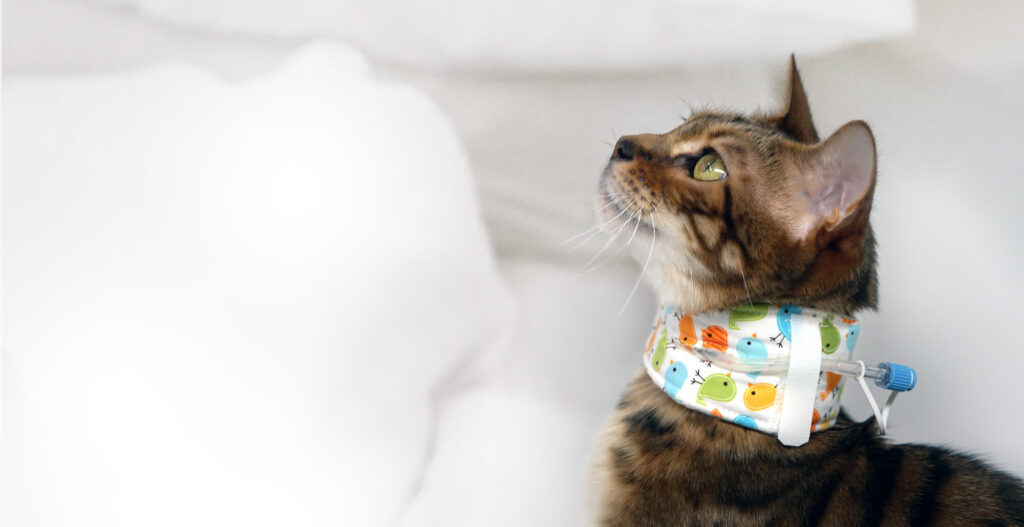
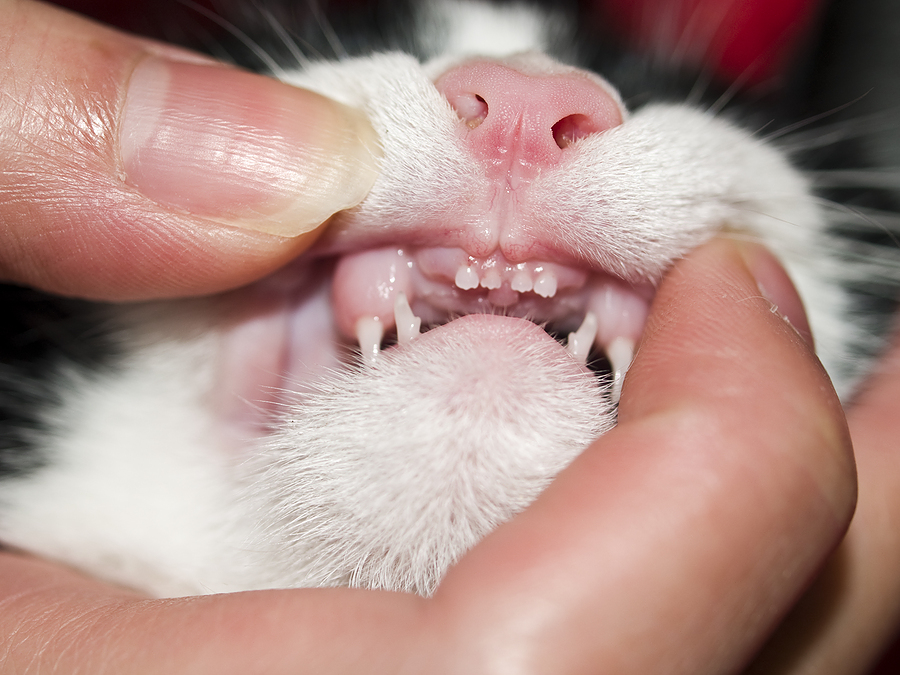

 Here’s a good rule of thumb when choosing a chew toy: if you can’t easily bend it with your hands or if you wouldn’t want to be hit in the knee with it, don’t give it to a pet. Wild dogs and wolves often have multiple fractures in their mouths due to chewing on bones.
Here’s a good rule of thumb when choosing a chew toy: if you can’t easily bend it with your hands or if you wouldn’t want to be hit in the knee with it, don’t give it to a pet. Wild dogs and wolves often have multiple fractures in their mouths due to chewing on bones.
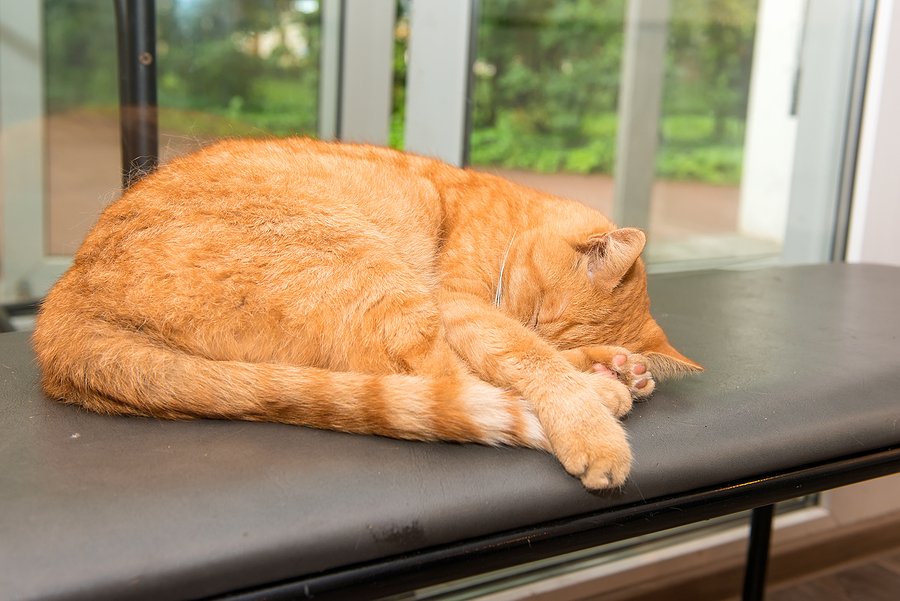
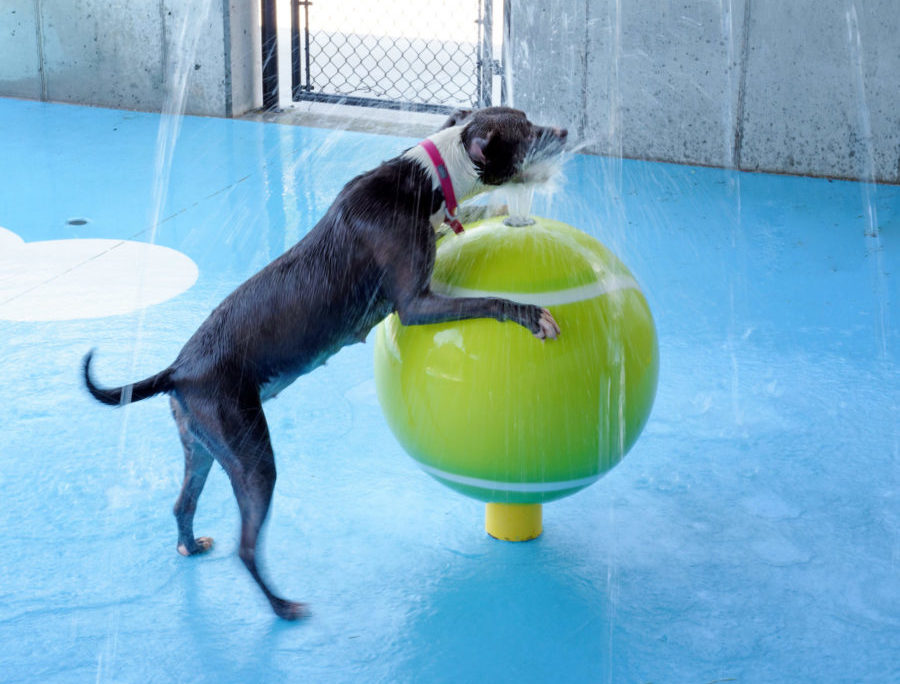
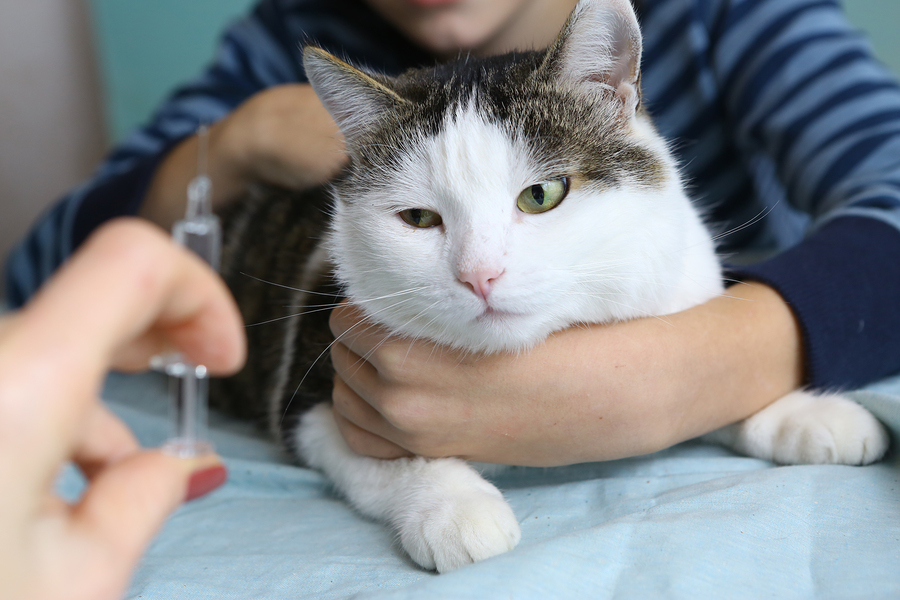
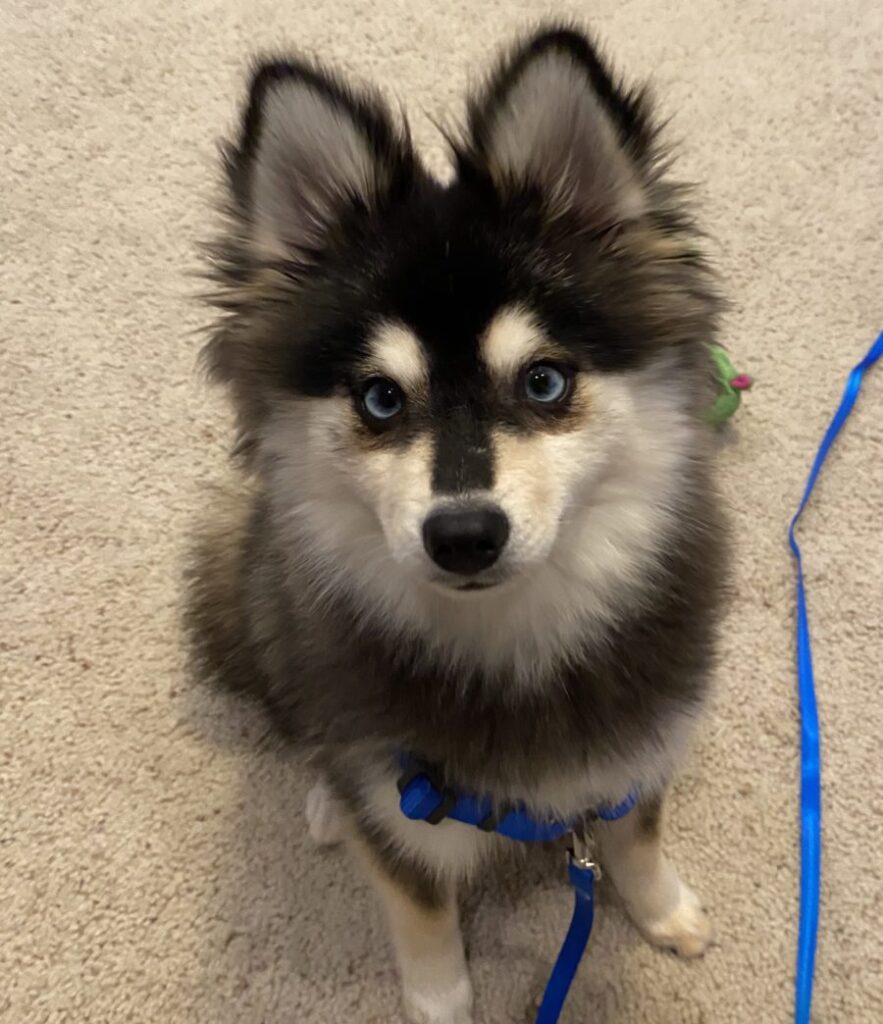
 Oakley was generally fearful, so I set up boxes for nosework, a Snuffle Mat, a Wobbler, and a Spin-it. Oakley engaged with these items enthusiastically, demonstrating no fear. We did a few behaviors on the consent mat (sit, watch me, touch, and down), allowing Oakley to disengage and go to the boxes or Snuffle Mat if he needed to de-stress and return to the consent mat when he was ready to re-engage. I instructed the owner to practice all of the above between our sessions.
Oakley was generally fearful, so I set up boxes for nosework, a Snuffle Mat, a Wobbler, and a Spin-it. Oakley engaged with these items enthusiastically, demonstrating no fear. We did a few behaviors on the consent mat (sit, watch me, touch, and down), allowing Oakley to disengage and go to the boxes or Snuffle Mat if he needed to de-stress and return to the consent mat when he was ready to re-engage. I instructed the owner to practice all of the above between our sessions.